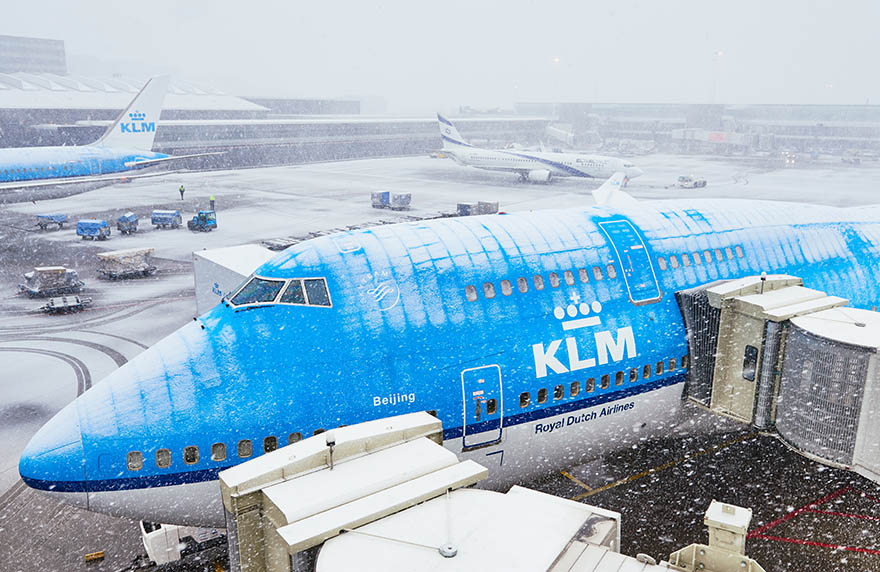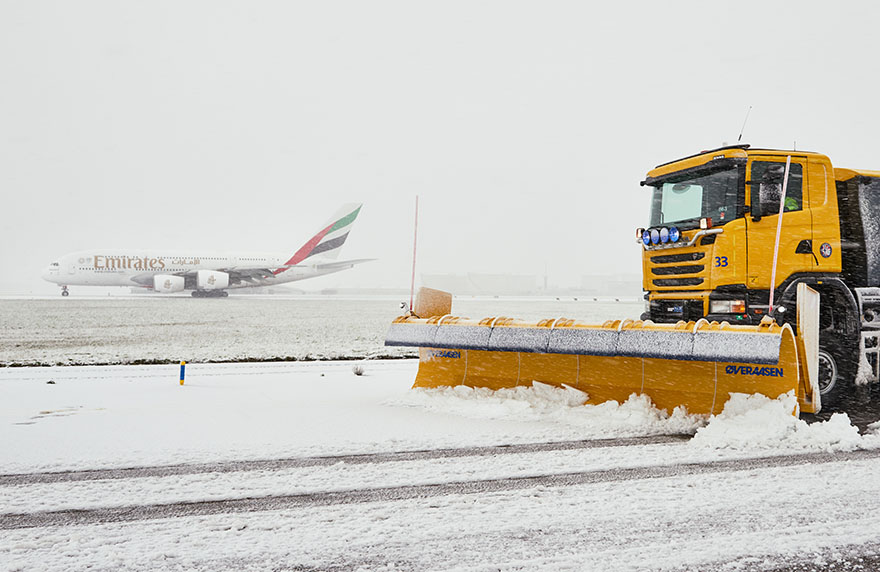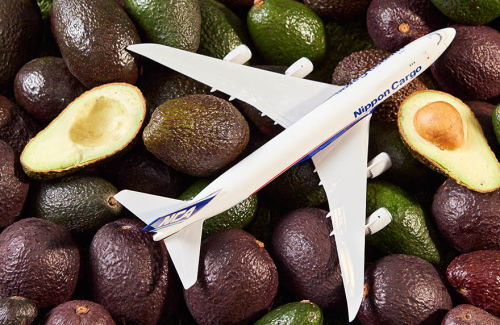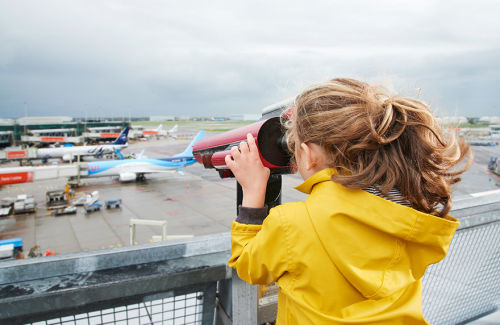Winteroperation: Working in a winter wonderland
Flying a plane gets a bit more difficult when it snows or freezes outside. That’s because all the snow ends up on our runways, and on the planes. The runways start to freeze over and become slippery, and the aircraft can freeze – which is what we do not want. A lot has to be done at Schiphol to ensure that you can always fly, even with winter temperatures.

We naturally keep a close eye on the weather forecast. When snow or frost is predicted, we call our snow team. That means we can get started as soon as the first snowflakes fall from the sky. We need almost 5x as many employees on airside, where all planes take off or land, when it's snowing. Of course, snow or ice on the runway is no good!
Snow-shovelling
It takes about 20 minutes to clear a runway. When that happens, 15 snow ploughs move snow to the side of the runways. Two snow-blowers process this snow and dispense it from the track. Finally, there is a vehicle that sprays antifreeze liquid onto the track. Salt is often sprinkled on motorways and roads, but we can’t do that on airport runways because salt erodes the metal on planes. That is why we use anti-freeze fluid to ensure that the runways do not become slippery.

De-icing the planes
Aircraft receive a cleaning before they leave to remove all snow and ice. We call this process ‘de-icing’. To deice an aircraft, we heat a mix of water and antifreeze liquid to 70 degrees celsius. That liquid is then sprayed onto the aircraft. You may already have seen that process for yourself if you flew somewhere during winter. De-icing takes place at a special parking place while all travellers are already seated on the plane. Once it’s done, you can fly!
‘Polar bears’ at work
The airport polar bears operate in winter – and by that, we do not mean animals! The ‘polar bears’ are Schiphol employees who normally work in an office, but provide extra help by driving snow trucks when it’s snowing outside. They take a special course to learn how to do it, because the vehicles are very large and difficult to manoeuvre. You can compare them to driving a huge truck, which is quite different to driving a normal car.
We do it for your safety
Don’t worry if it’s snowing if you have to fly. We do everything we can to ensure that you can land or fly off safely. That means it can sometimes take a bit longer, because it is more work than usual. But it has to be done for your own safety, so there are no planes that slip and cause problems!

-
Freight transportation
Travellers make only part of the things we move. In addition, Schiphol transports around 855,000 tons of cargo each year, from laptops to tulips and from cars to pandas.

-
Learn all about planes
Hundreds of planes of all shapes and sizes take-off and land at Schiphol every day. Learn more about these impressive machines!

-
Special places to visit
There are so many great places to check out at Schiphol. You can see art in the Rijksmuseum, experiment with science at NEMO, or read a book in the library.
